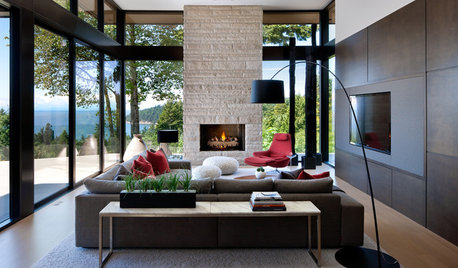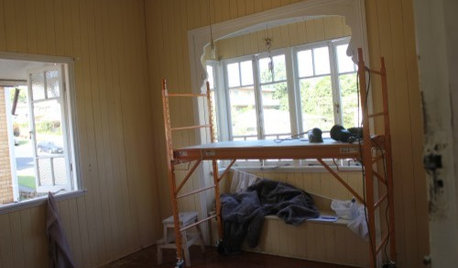Sub Panel - Sizing Questions
kevingw
15 years ago
Related Stories

KITCHEN DESIGN9 Questions to Ask When Planning a Kitchen Pantry
Avoid blunders and get the storage space and layout you need by asking these questions before you begin
Full Story
REMODELING GUIDESConsidering a Fixer-Upper? 15 Questions to Ask First
Learn about the hidden costs and treasures of older homes to avoid budget surprises and accidentally tossing valuable features
Full Story
GREEN DECORATING8 Questions to Help You See Through Green Hype
With the ecofriendly bandwagon picking up some dubious passengers, here's how to tell truly green products and services from the imposters
Full Story
DOORS5 Questions to Ask Before Installing a Barn Door
Find out whether that barn door you love is the right solution for your space
Full Story
MOST POPULAR8 Questions to Ask Yourself Before Meeting With Your Designer
Thinking in advance about how you use your space will get your first design consultation off to its best start
Full Story
WORKING WITH PROS10 Questions to Ask Potential Contractors
Ensure the right fit by interviewing general contractors about topics that go beyond the basics
Full Story
REMODELING GUIDESSurvive Your Home Remodel: 11 Must-Ask Questions
Plan ahead to keep minor hassles from turning into major headaches during an extensive renovation
Full Story
WORKING WITH PROS9 Questions to Ask a Home Remodeler Before You Meet
Save time and effort by ruling out deal breakers with your contractor before an in-person session
Full Story

LIGHTING5 Questions to Ask for the Best Room Lighting
Get your overhead, task and accent lighting right for decorative beauty, less eyestrain and a focus exactly where you want
Full Story








terribletom
mrmarv
Related Professionals
Salem General Contractors · Country Club Hills General Contractors · Jackson General Contractors · Longview General Contractors · Parkville General Contractors · Parsons General Contractors · Plano General Contractors · Reisterstown General Contractors · Rolla General Contractors · Welleby Park General Contractors · Compton Solar Energy Systems · Randolph Solar Energy Systems · Clearwater Home Automation & Home Media · Lees Summit Home Automation & Home Media · Olathe Home Automation & Home MediakevingwOriginal Author
pharkus
terribletom
kevingwOriginal Author
mrmarv
bigbird_1
wayne440
hendricus
kevingwOriginal Author
terribletom
mrmarv
bigbird_1
mrmarv
billhart
bigbird_1
joefixit2
terribletom
mrmarv
wayne440
davidandkasie
bigbird_1
terribletom
brickeyee
terribletom
fred1944
billhart
bigbird_1
brickeyee